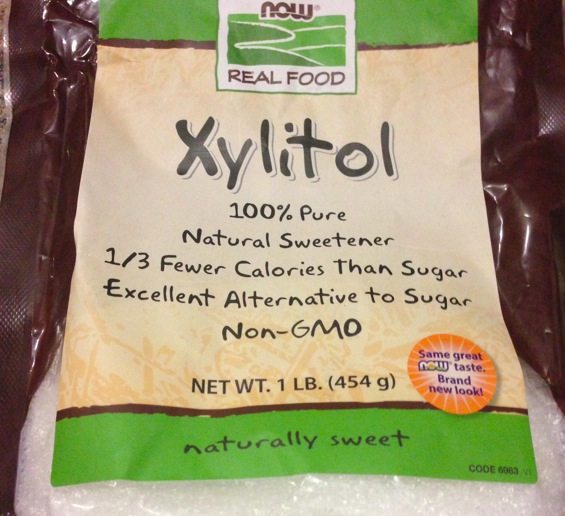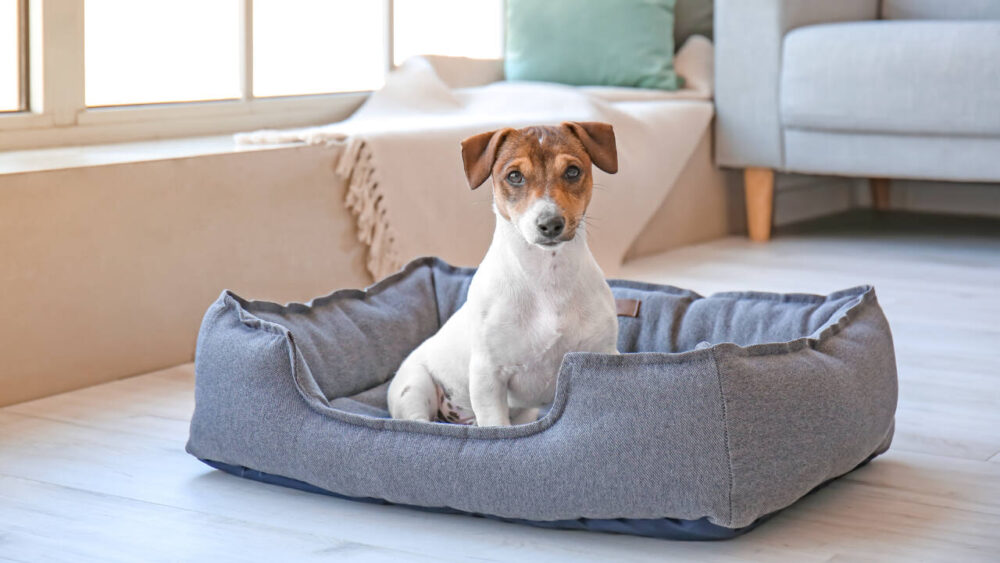This Common Sugar Substitute Is Poison For Dogs

Most dog lovers know which human foods are safe for man’s best friend to eat and which are not, such as chocolate.
However, they may not know about a common ingredient could be in the pantry right now and can poison dogs even in small doses. It’s called xylitol, a sweetener that is found in sugar-free products like pudding, gelatin, yogurt, chewing gum, breath mints, multivitamins, some brands of peanut butter, toothpaste, certain medications and products like baby wipes and lip balm.
According to the Pet Poison Helpline, cases of xylitol poisoning in dogs have been on the rise in recent years. In fact, the helpline received 10 times as many calls related to xylitol in the first 10 months of 2015 than during all of 2009.
Xylitol is dangerous for dogs because when they ingest it, their body thinks it is real sugar and releases insulin to store it. Then real sugar is removed from the blood stream, causing hypoglycemia (low blood sugar). Symptoms of xylitol poisoning include weakness, tremors, seizures, poor coordination, vomiting and diarrhea.
When consumed in larger doses, xylitol can cause liver failure in dogs and even death. A small amount of xylitol—as little as two pieces of gum—is enough to seriously harm or even kill a small dog.
If you suspect that your dog may have ingested xylitol, contact your veterinarian immediately. Treatment may involve stabilization of their blood sugar and the administration of intravenous fluids. Time is of the essence: The sooner your pooch is treated, the better he will fare.
The American Kennel Club offers the following tips to protect your dog from xylitol poisoning:
1. Check your labels for xylitol.
In general, peanut butter is a safe treat for your dogs, but some brands contain the dangerous ingredient, so always check the label for xylitol before giving it to your dog.
Other products to watch out for are any that have claims about being “sugar-free,” including those that say “reduced-sugar,” “diabetic-friendly,” “cavity-free” and “no sugar added.”
2. Keep dangerous products where your dog can’t get to them.
If your household does have products that contain xylitol, store them safely out of your dog’s reach in a higher cabinet. Remember, dogs are crafty and find a way of getting what they want!
Also, when guests are in your home, be sure to keep their purses and belongings away from your dog, as they may unknowingly be carrying items like gum or breath mints containing xylitol.
3. Be ready for an emergency.
Even if you’re super careful, it’s a good idea to have the necessary information at the ready should an emergency occur.
Posting the phone number to the Pet Poison Helpline (855-74-7661) and the number of your emergency vet somewhere in your home where everyone can easily access it ensures that you’ll get help as soon as possible if you need it.






